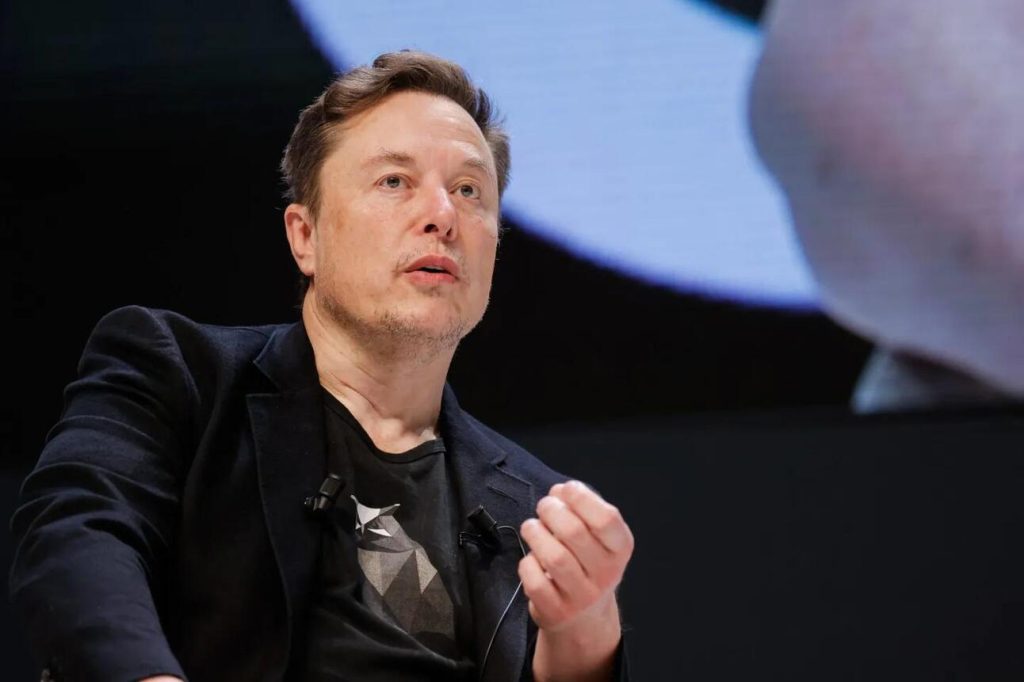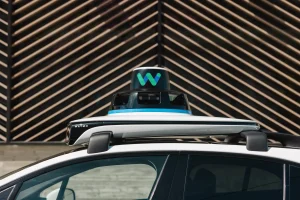OpenAI Japan Teases Next Release

OpenAI Japan is gearing up for a significant release and the tech world is buzzing with excitement. The anticipation is palpable as new details emerge.
According to Tadao Nagasaki, CEO of OpenAI Japan, a groundbreaking model named ‘GPT Next’ is on the horizon, expected to reshape AI as we know it.
Unveiling the ‘GPT Next’ Model
The CEO of OpenAI Japan, Tadao Nagasaki, recently shared intriguing details about the company’s next big release at a business summit in Tokyo. He revealed a mysterious model called ‘GPT Next’ slated for release by the end of 2024.
This model is expected to be about 100 times more powerful than GPT-4. It aims to improve multi-step reasoning, marking a substantial leap in AI capabilities.
Ramping Up Processing Power
As AI models evolve, their computational requirements grow exponentially. The rise of AI supercomputers like Elon Musk’s ‘Colossus’ underscores this trend. These supercomputers are critical in training complex AI models by providing immense processing power.
The Colossus supercomputer, built in just 122 days, is a prominent example. Now online in Memphis, it is set to power future models like Grok-3, illustrating the industry’s relentless pursuit of computational supremacy.
Competitive Edge in AI
Supercomputers act as training grounds for AI models, enabling them to process vast amounts of data.
The more processing power available, the more advanced an AI model can become, allowing it to tackle more complex tasks and provide more accurate outputs.
Therefore, the investment in such technologies signifies an ongoing race among major players in the AI industry, each striving to secure an edge over their competitors.
The Role of Nvidia Chips
Nvidia chips have become a crucial component in the race for AI dominance. Major companies are aggressively acquiring these chips to enhance their computational capacities.
Each Nvidia chip can cost as much as $40,000, making them a significant investment. However, their role in advancing AI technologies justifies their cost.
Companies like Meta are collecting hundreds of thousands of Nvidia chips, aiming to deploy them in future projects, which highlights their importance in developing cutting-edge AI solutions.
Future of AI Training
The investment in AI training infrastructure is not just about current needs but anticipating future advancements. AI models of tomorrow will require even more computational power.
OpenAI’s upcoming models, including ‘GPT Next’, reflect this forward-thinking approach. By preparing the necessary infrastructure today, companies can stay ahead in the competitive AI landscape.
It is an era of unprecedented growth and potential for AI technologies, driven by the continuous evolution of both hardware and software capabilities.
AI Industry Trends
The AI industry is characterized by rapid advancements and fierce competition. Each company is constantly pushing the boundaries to outdo the others.
From developing more sophisticated language models to solving complex scientific problems, the stakes are higher than ever. The future of AI depends significantly on the computational power harnessed by these supercomputers.
As companies continue to innovate, the impact of AI on various sectors is expected to grow, making it an integral part of technological progress.
Looking Ahead
With the anticipated release of ‘GPT Next’ by OpenAI Japan, the industry is bracing for another leap in AI capabilities.
As Tadao Nagasaki hinted, a more powerful model is not just a possibility but an impending reality, promising to redefine AI functionalities and applications.
The tech world eagerly awaits OpenAI Japan’s next release. ‘GPT Next’ promises to be a game-changer in the AI landscape.
As companies ramp up their computational power and refine their models, the advancements in AI will continue to accelerate, shaping the future in unprecedented ways.





